
Articles on Wastewater
Displaying 1 - 20 of 92 articles

The UK’s Victorian-era sewer network is at breaking point.

We sampled sewage sludge from 13 wastewater treatment plants across three states. We found every resident adds microplastics to farmland, in dried sewage sludge (biosolids) used as fertiliser.
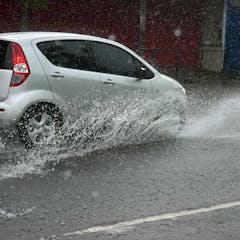
Too much stormwater is disappearing down the drain. Here’s how our cities can make more of their last untapped water source.

As the war between Hamas and Israel grinds forward, two experts explain how Israelis and Palestinians have cooperated to tackle their region’s water challenges.

To build drought resilence, Sydney must invest in rainfall-independent water supplies.

We need to pay close attention to the potential impacts that high levels of microplastics might have on environments and find ways to reduce microplastic levels in Canada’s wastewater stream.
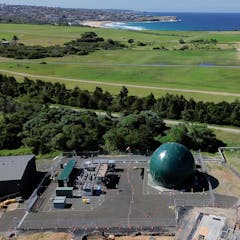
Sydney’s 14 wastewater treatment plants could be modified to also accept food waste, research shows. The ‘anaerobic digestion’ process would produce energy as well as nutrients for reuse.
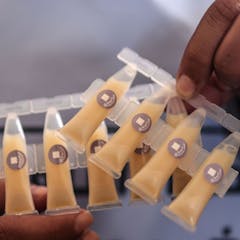
The aim of vaccination is to prevent infection. In addition, vaccination is intended to reduce the risk of severe illness.
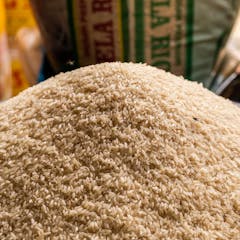
Nigeria can produce more rice to feed its burgeoning population by harnessing its wastewater.
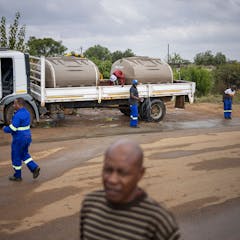
Good legislation has been undermined by poor planning, limited investment and governance, but recent water reports suggest the government recognises the scale of the problems.
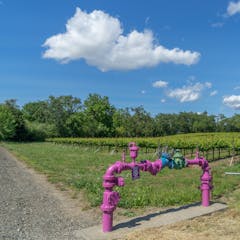
We detected 180 contaminants in treated and untreated water. None of those found in treated water breached human health guidelines, but we should not forget about potential impacts on the environment.
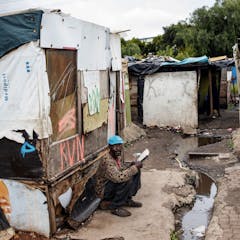
The current cholera outbreak is not necessarily an issue with potable water. It’s the result of a combination of factors including dysfunctional and non-compliant wastewater treatment works.
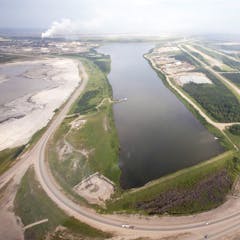
As toxic water continues to spill from tailings ponds across mining developments, decades of scientific research provides evidence of how wildlife will be affected.
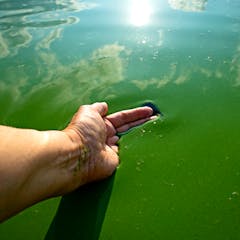
Many of our rivers are overloaded with nutrients from fertiliser run off and wastewater. Algal blooms, fish kills and poor water follow. One solution? Nutrient offsetting.

The UK needs to clean its rivers and coastlines, and could look to Europe for how to do it.
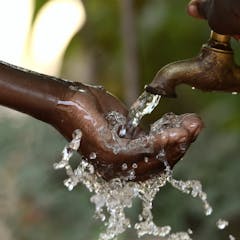
Technology will be a key part of solving the global water scarcity crisis.
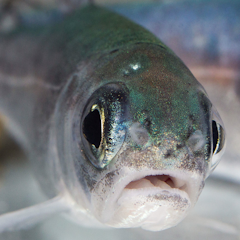
Neuroactive compounds in antidepressants enter our wastewater and affect how fish function. Identifying the potential damage to fish is paramount for protecting our aquatic ecosystems.
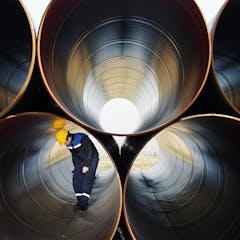
There simply aren’t enough water engineers in New Zealand for the massive Three Waters projects. Matching capacity with forward planning is an urgent issue the government must address.
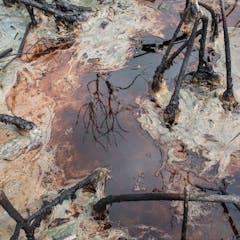
Adequate wastewater treatment systems are crucial to ensure that wastewater from the oil industry does less damage.

Twenty years ago this month the UN affirmed that water is a human right – can this help resolve the political stand-off over New Zealand’s Three Waters reforms?
